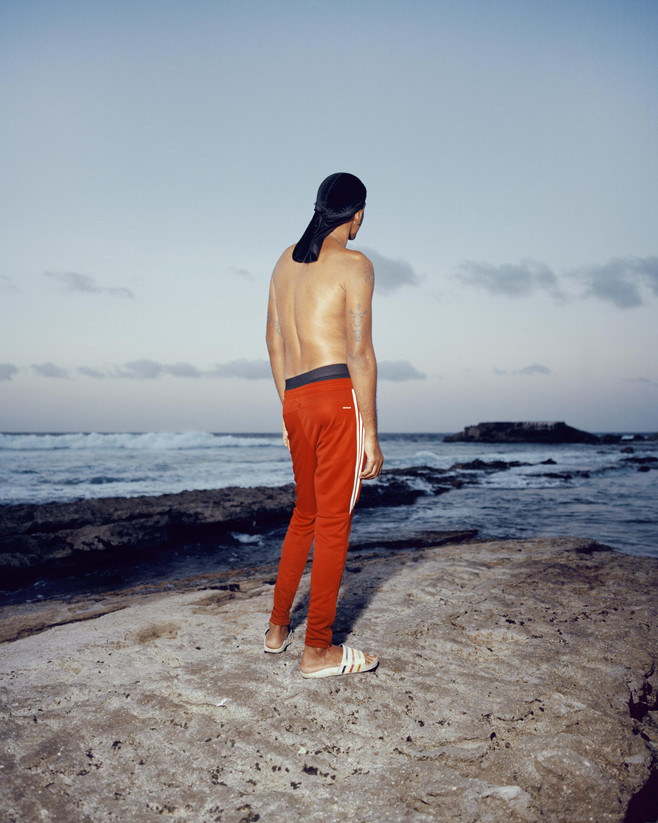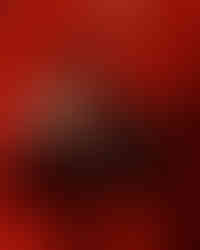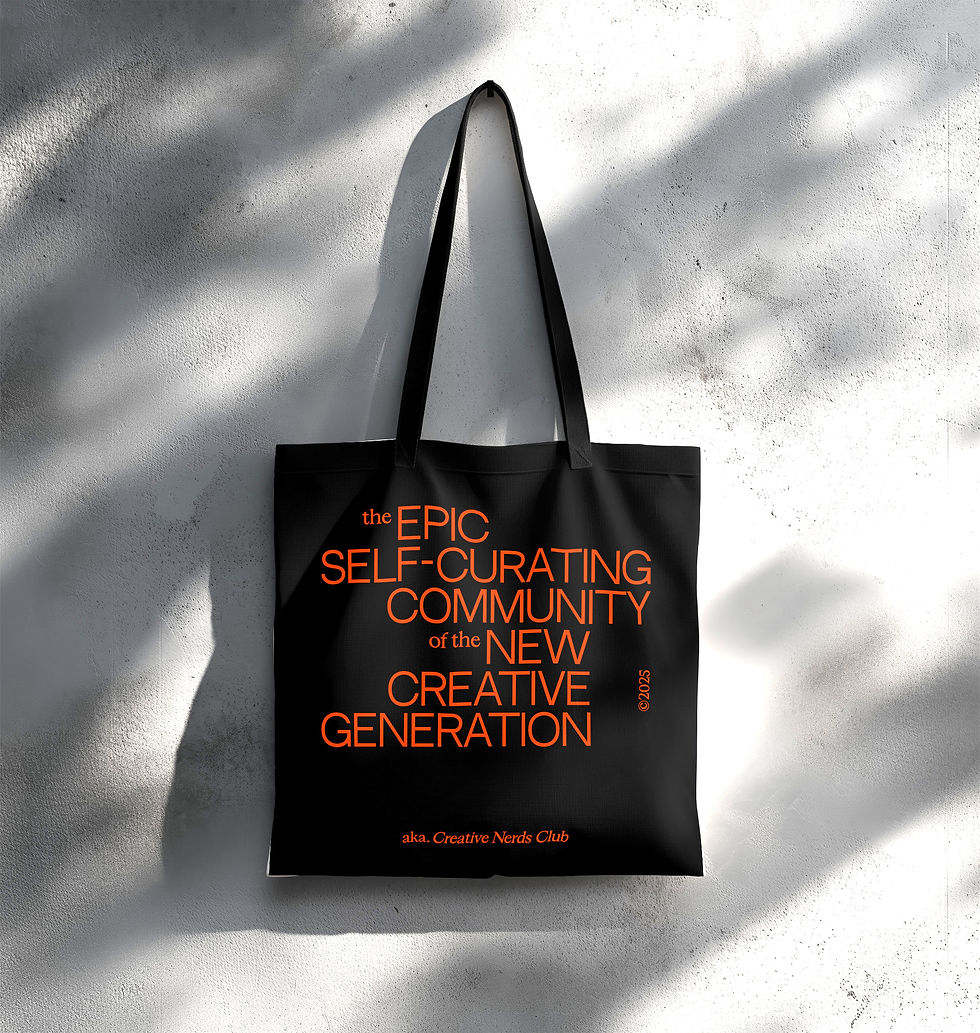Gilleam Trapenberg Transforms the Caribbean Sun into an Abstract Memory at 212 Photography Istanbul
- Onur Çoban

- Sep 4
- 3 min read

© Gilleam Trapenberg
This year, 212 Photography Istanbul once again offers multilayered experiences that challenge the boundaries of photography through its extensive program spanning both sides of the city. Among the standout artists is Gilleam Trapenberg, who reimagines the Caribbean sun through abstract imagery, repetition, and color. His series New Suns, to be exhibited in Istanbul for the first time, transforms a familiar postcard symbol through overexposure and visual vibrations, inviting viewers into a visual memory at the intersection of desire and critique. We spoke with Gilleam about his work featured in the festival and his creative process.
In your works, you often create a strong visual atmosphere with color, light, and abstract imagery. What are the fundamental building blocks of this visual language for you?
With New Suns, I work from a very simple but loaded subject matter: the Caribbean sun. I’m interested in how a single, repeated form can hold both desire and critique—nostalgia, tourism, and commerce on the one hand, and the lived, complex Caribbean on the other. The building blocks are repetition, controlled overexposure, and color. Together they turn a familiar postcard symbol into an abstract field that asks what we project onto it.
© Gilleam Trapenberg
In New Suns, which will be presented as part of the 212 Photography Istanbul Festival, you reimagine color and light through “new sun” imagery. What was the starting point of this series, and how did your observations in Curaçao transform into production?
The project began from homesickness and a chance technical “error.” After a golden-hour shoot in Curaçao I filled the roll with direct suns—overexposed and unusable as “pictures,” but rich as negatives. The rhythm of traveling to Curaçao and returning to the studio shaped the series over the years: the suns were documented on the island but constructed back in my studio in Amsterdam.
Sun motifs stand out on both an aesthetic and symbolic level. When creating these motifs, how much do you manipulate them digitally, and how do you aim to create perceptual vibration in the design process?
The interventions are focused and restrained. I scan the negatives and make delicate adjustments. The vibration comes from hundreds of experiments and tests, no one sun is really like the other (I avoid adding elements; it’s about revealing what’s already in the exposure.)

© Gilleam Trapenberg
Have you had the opportunity to showcase your artwork in Istanbul before? As a destination festival, we’d love to hear your thoughts on 212 Photography Istanbul Festival.
This will be my first presentation in Istanbul. 212 feels like the right context for New Suns: it’s a city-wide, multi-venue platform that treats photography as a living conversation with public space, talks and screenings rather than a single sealed room.
What are the next steps for New Suns? Do you plan to bring this visual language into other media such as installation, moving image, or spatial light works?
Yes. I’m interested in scale and site— especially letting the suns leave the white cube. Recently New Suns appeared as a street-level window installation in Amsterdam, visible day and night; working this way changes how the images breathe with a city and its rhythms. The added element here was that at night the works became similar to an advertisement you’d see at a bus stop for an exotic vacation destination.

















































